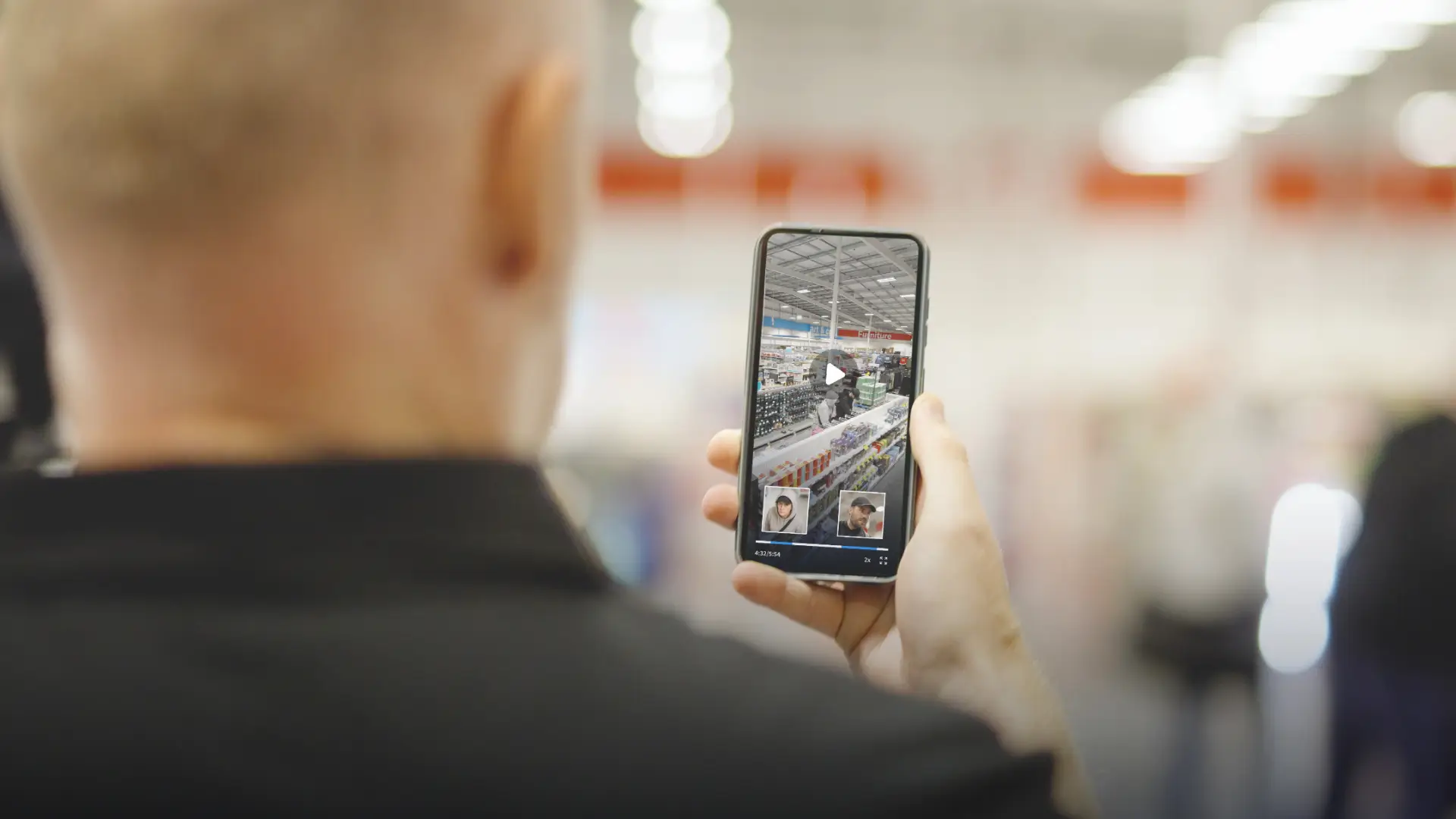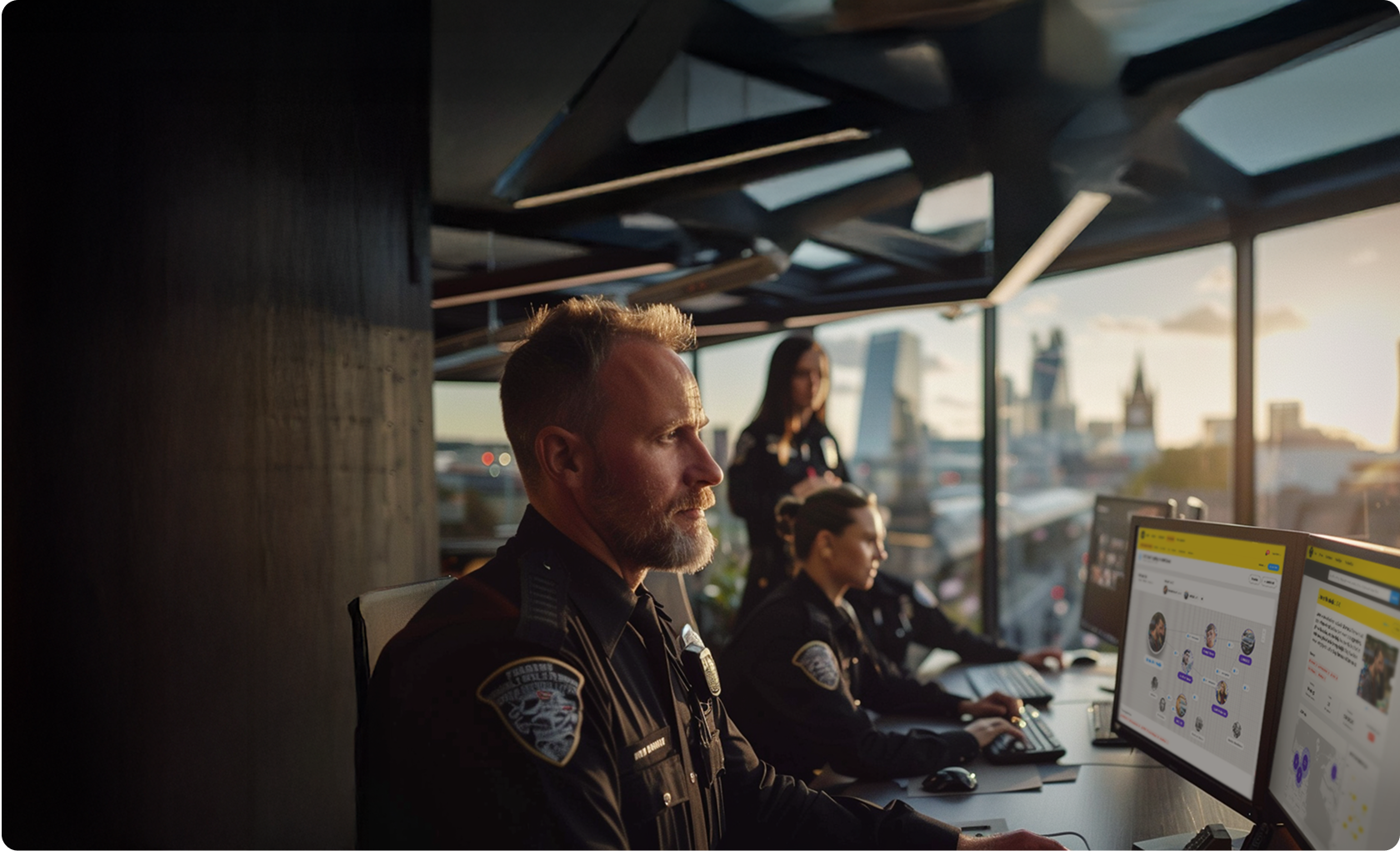Modernized crime recording software
Auror’s software modernizes and digitizes these processes by allowing retailers to enter information in a structured and consistent format. Repeated thousands of times, that process helps retailers identify trends and make informed decisions to protect their workers, customers, and stores.

Retailers have always collected and shared information about potential crime and anti-social behavior in their stores, and CCTV has been used to gather evidence and keep stores safe for decades.
Historically, retailers have collected this information using spreadsheets, USB sticks, or public ‘walls of shame’, and unofficial chat groups to communicate between stores.
Using Auror, structured event recording processes allow retailers to connect what were previously considered isolated offenses to repeat and organized offenders. Importantly, retailer-entered information on Auror is deliberately restricted to prohibit the collection of sensitive information such as ethnicity, race, religion, political affiliation, or sexual orientation.
Retailers can choose to share this information with law enforcement using Auror. This creates massive productivity gains for police and retailers as it reduces the time spent dealing with this high-volume crime. It also improves collaboration, so both police and retailers can direct their limited resources at focusing on those that cause the highest level of harm in our communities.










.png)
.png)